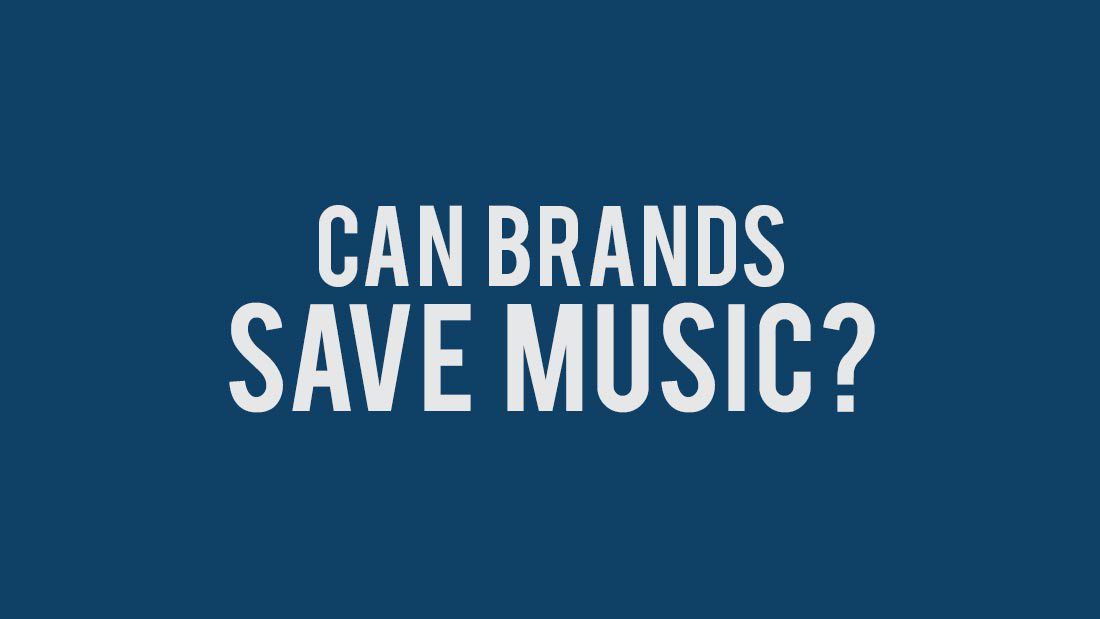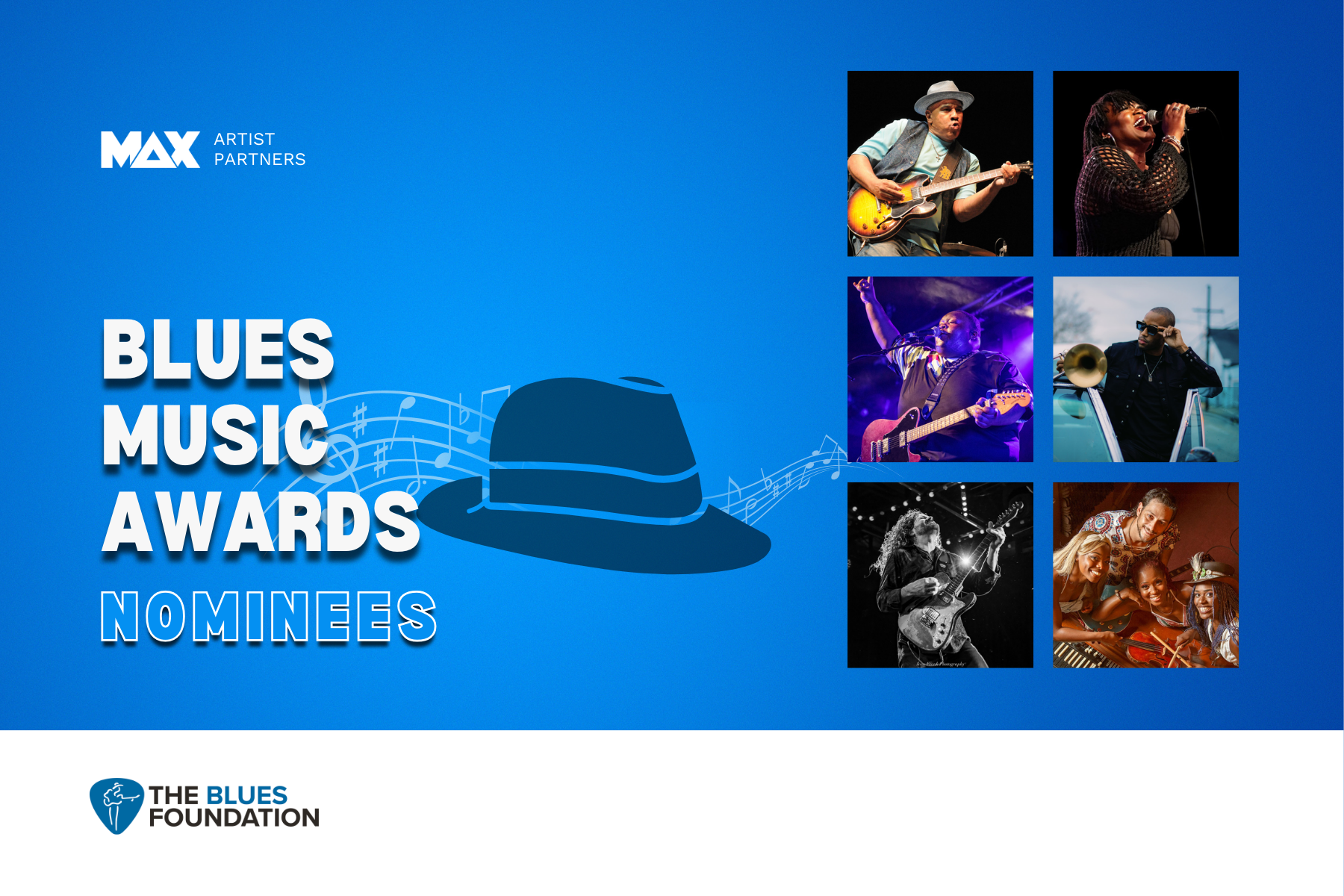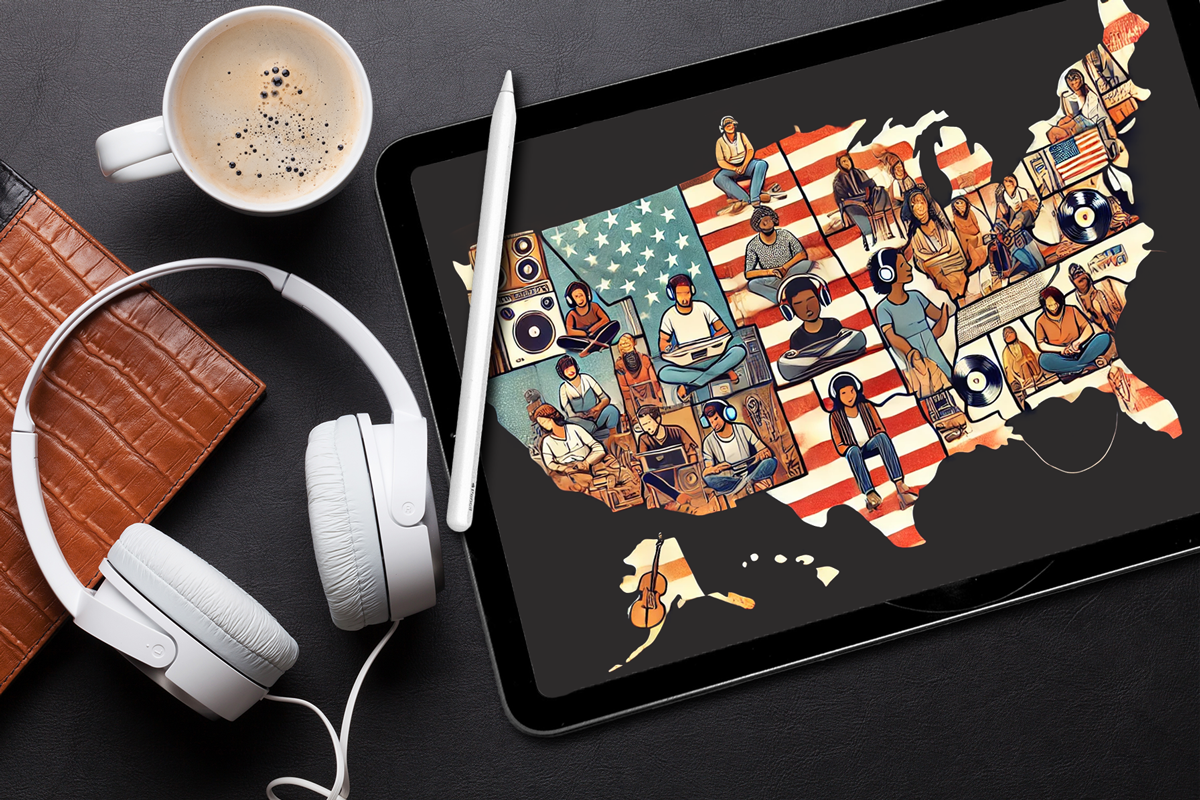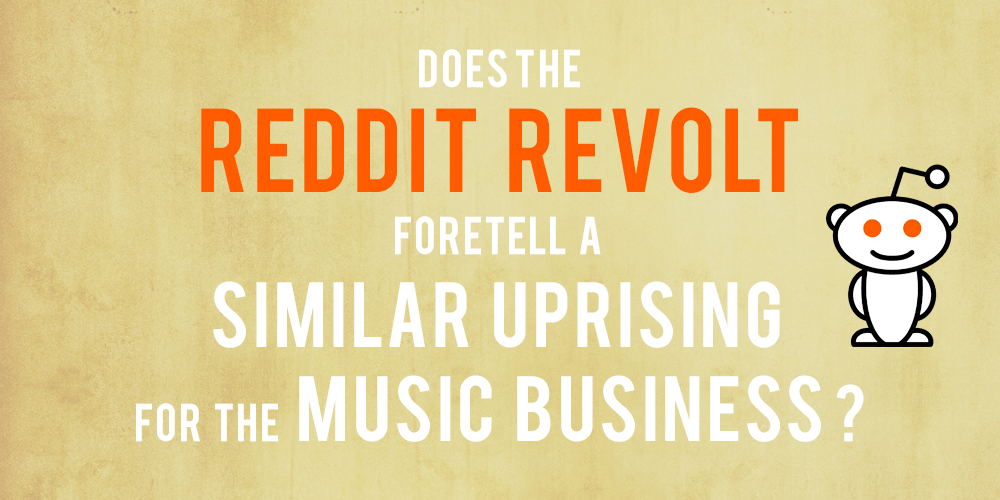2025 Blues Music Awards
We’re fired up to celebrate our incredible artist partners who are nominated for the 2025 Blues Music Awards! 🎶🏆Blues music may be timeless, but...
2 min read
Justin Mink : November 17, 2014

The recent firestorm of controversy over Taylor Swift’s decision to pull her catalogue from Spotify (the ramifications of this covered nicely by Harvard Business Review) is a classic red herring. Ms. Swift sitting at the center of the streaming royalties debate is akin to Vincent Van Gogh cutting off his ear and sparking a self-mutilation trend amongst post-impressionist painters. While this strategy may work for a singular superstar, how many Taylor Swifts are there in the music industry? The answer is just one, and very few recording artists come even close to her level of super stardom.
The reality is that exposure is the lifeblood of commercial viability for working musicians. Exposure generates discovery, discovery creates fans, and fans propel music & merch sales, successful tours, and long-lasting careers. Identifying (and solving) the real issue at hand requires a paradigm shift; it’s not about royalty payments and the inherent value of music, it’s about value capture. Attempting to apply the existing value capture structure (royalty payments from recorded music sales and/or streams) to the new economic realities of music is like trying to “save as” on a Smith Corona typewriter. Value creation is at an all-time high, with (I would argue) more great music being produced, distributed, and readily available than at any time in history. But as HBR points out, “value capture is now becoming increasingly confusing for all commercial players in the industry.” The evolution of value capture requires a new norm.
Music is the world’s most powerful, emotionally evocative content, and outside of the music industry the content value creation/capture equation has already been solved. Brands have become the world’s foremost experts at balancing both sides of the equation, as prolific content producers (value creation) and big-data crunchers (value capture). The most successful lifestyle brands understand the value equation better than anyone: emotionally compelling content captures value in the form of eyeballs that can be monetized, from the top of the funnel (via impressions that deliver paid advertising), down to the bottom via hearts and minds (influence on purchase decisions and brand affinity).
As such, brands are better positioned than anyone to also solve value capture for music creators and producers. As with most things that function well in a free-market economy, when brands are creating value (authentic musical content that connects with target audiences) and capturing value (in the form of sales, influence on brand preference & brand advocacy, etc.), new streams of revenue will start flowing. Those dollars may come in the form of direct payments to artists (and/or labels) in exchange for ambassadorship, or go towards funding mainstream exposure and analytics against what that exposure generates – regardless, the music industry stands to benefit.
To take it a step further, when brands figure out how to effectively leverage content from independent artists (with passionately energized local fan bases) who are not a part of the entrenched label system, this new revenue channel may even result in a more equitable distribution of wealth within the music industry (after all, while almost any brand can effectively leverage music, not every brand can – or should – align with Lady Gaga).
In July of this year, Taylor Swift wrote in the Wall Street Journal, “Music is art, and art is important and rare. Important, rare things are valuable. Valuable things should be paid for. It’s my opinion that music should not be free, and my prediction is that individual artists and their labels will someday decide what an album’s price point is. I hope they don’t underestimate themselves or undervalue their art.” Ms. Swift is 100% correct, but her thinking is stuck within an outdated paradigm that revolves around labels and recorded music as the sole means of value capture. Recorded music is no longer scarce, and thus no longer inherently valuable. What IS scarce (or at least highly coveted) by brands is sales. When brands figure out how to co-opt music to measurably drive sales in more than just a handful of cases, the music industry will be thriving once again.

We’re fired up to celebrate our incredible artist partners who are nominated for the 2025 Blues Music Awards! 🎶🏆Blues music may be timeless, but...

It’s a common question: what drives the cost of an artist partnership up (or down)? I mean, an artist’s fee can range from four to seven figures…and...

Let’s talk about something every brand needs to prioritize in 2025—relevance. You can have the best product, the most brilliant creative, or even a...

1 min read
This article from The Motley Fool (“Why the Music Industry Desperately Needs Apple”) provides a pretty limited, loose definition of “the industry” -...

Previously MAX has outlined ways artists and their managers can prepare for brand partnerships, an evolved version of music advertising that we...

This article was originally published on Forbes.